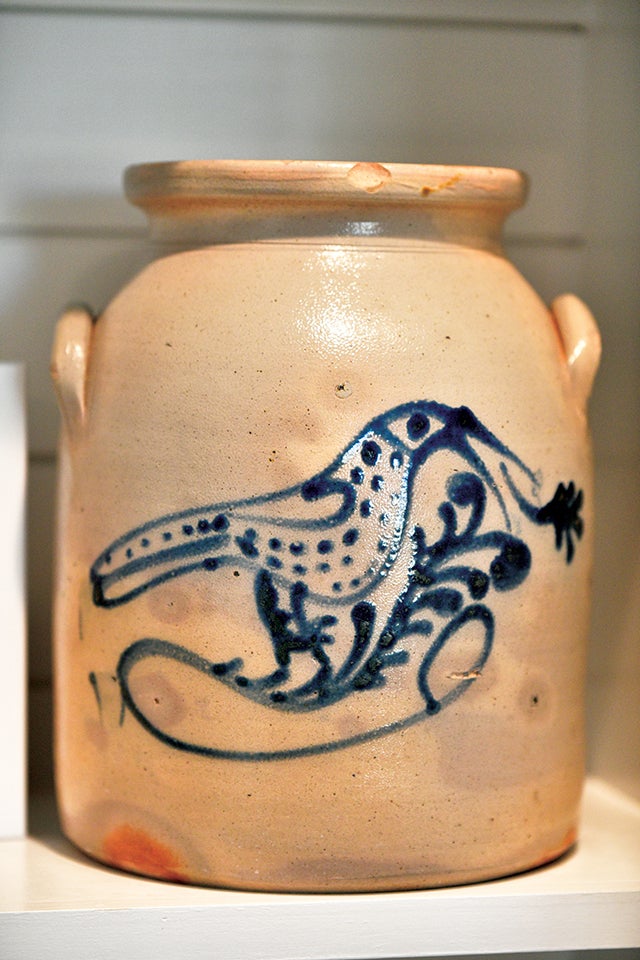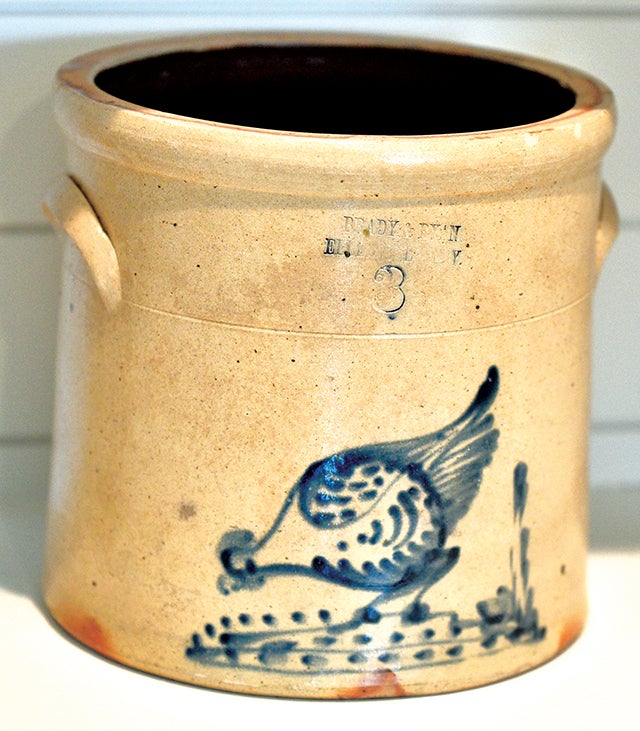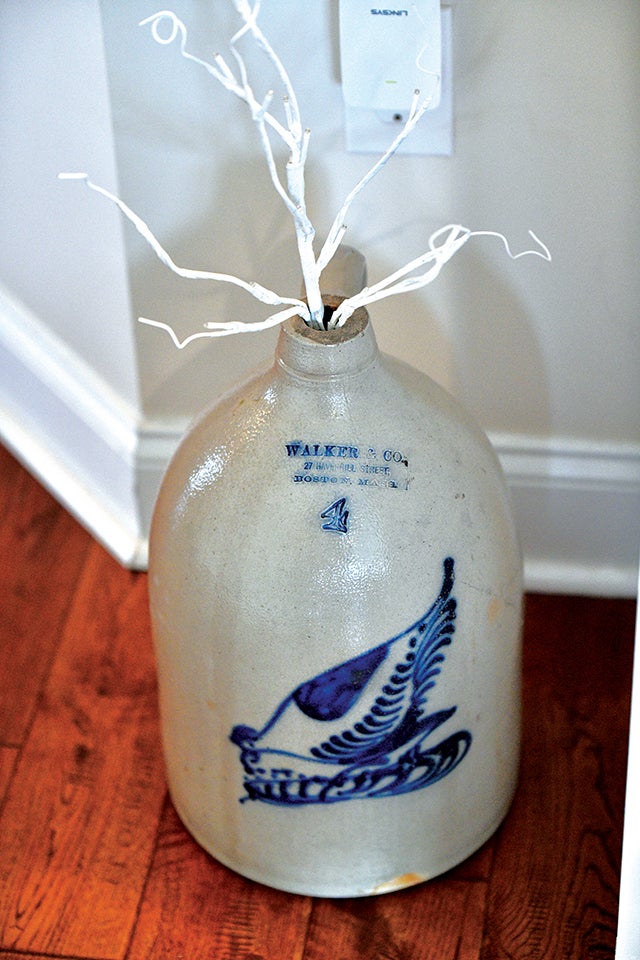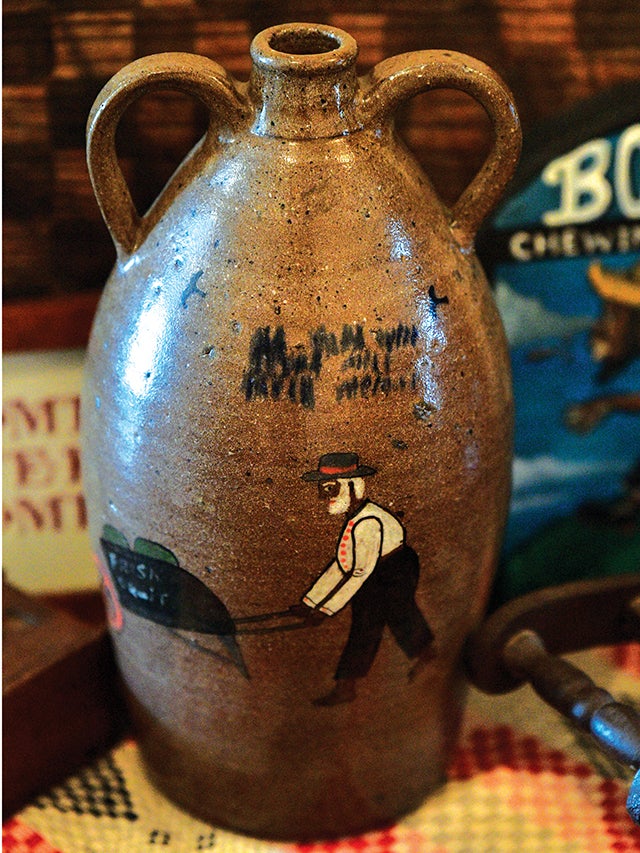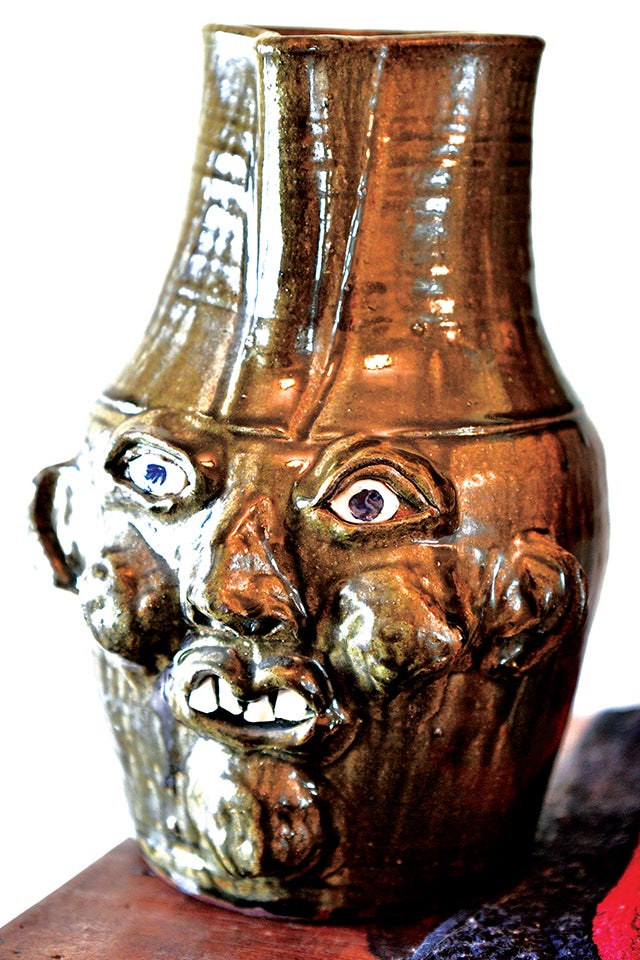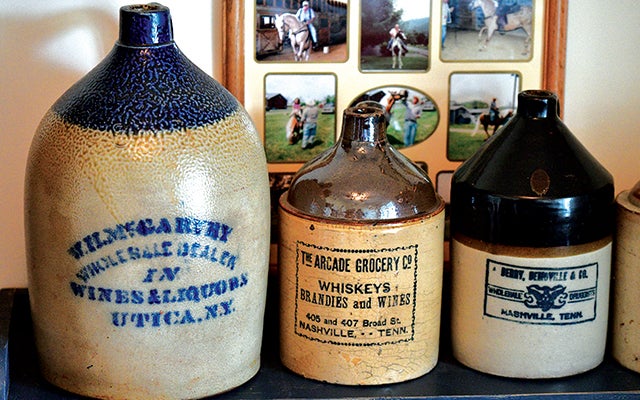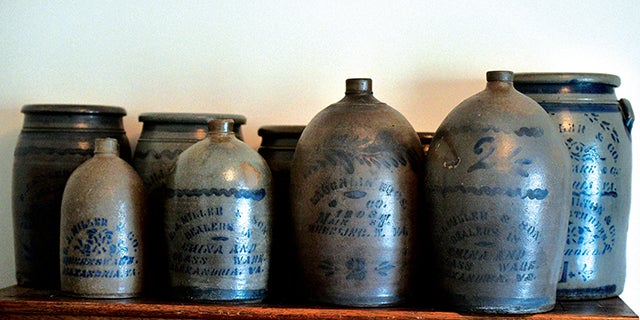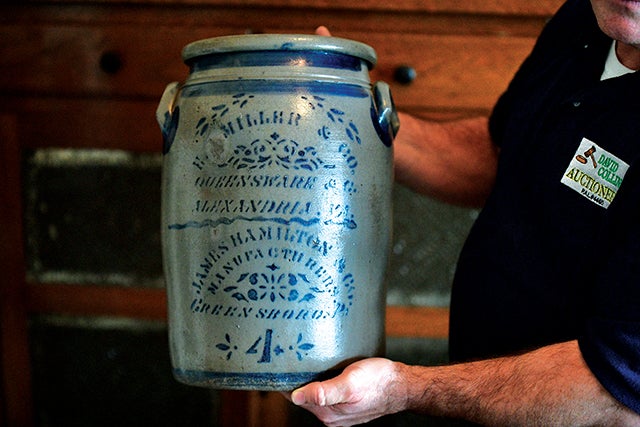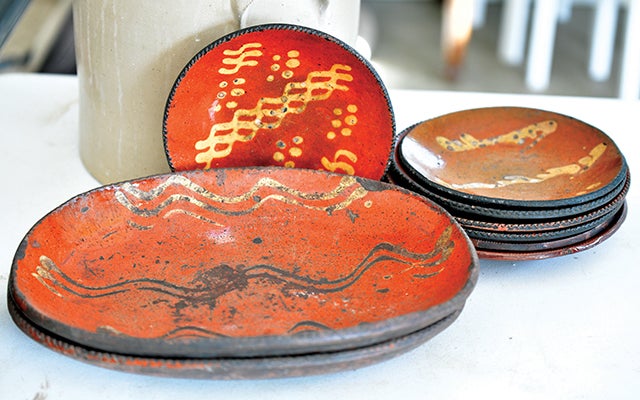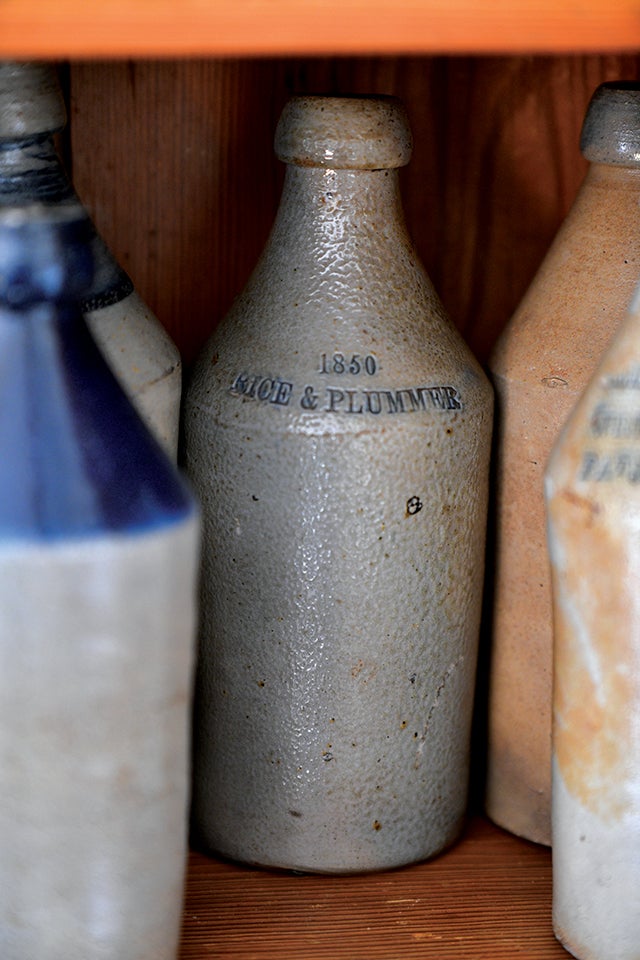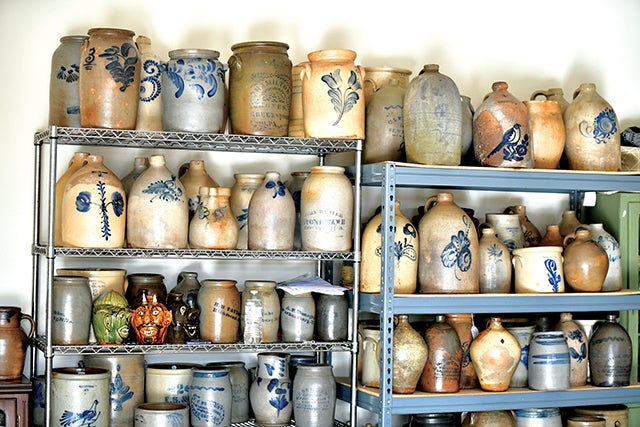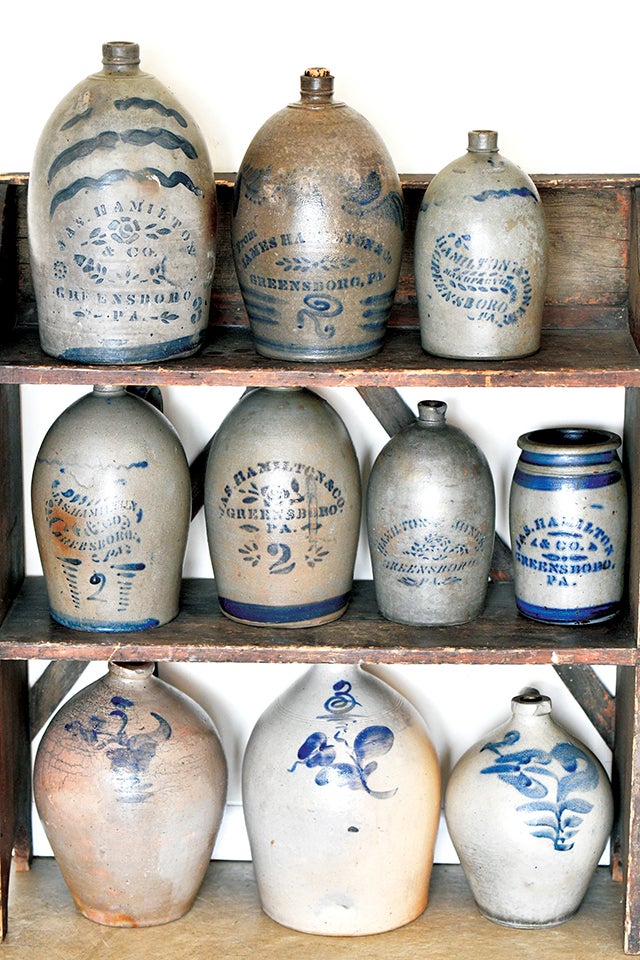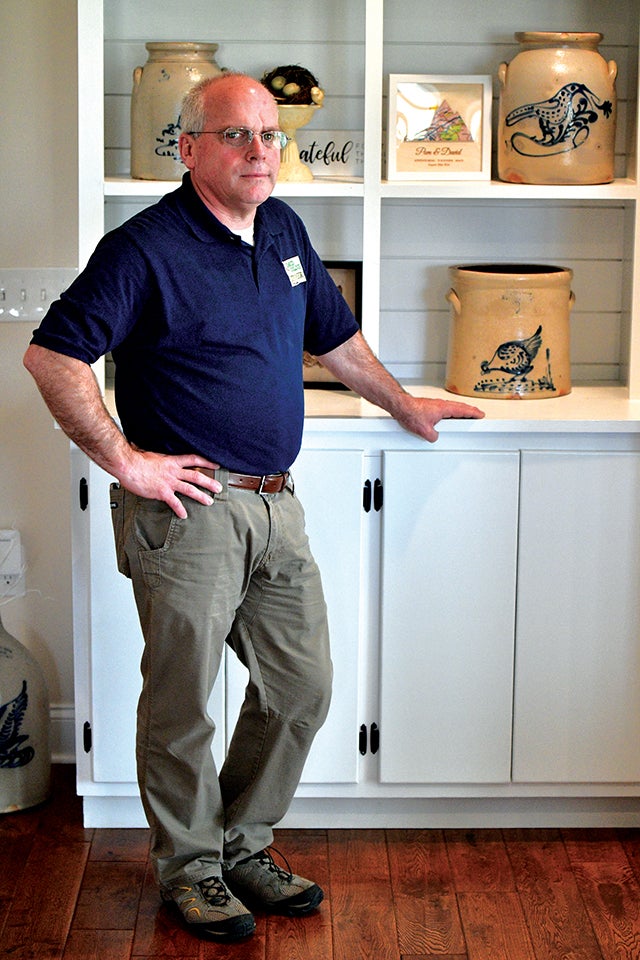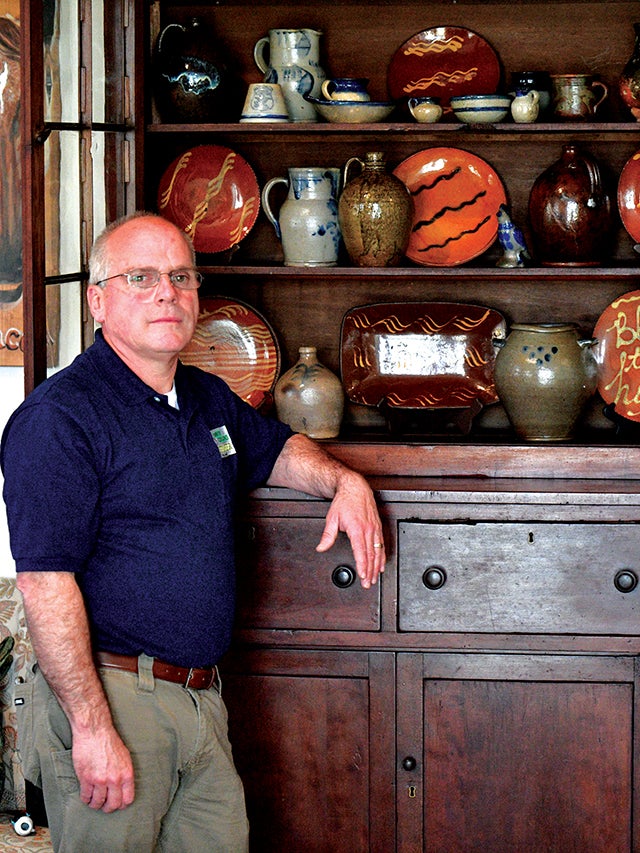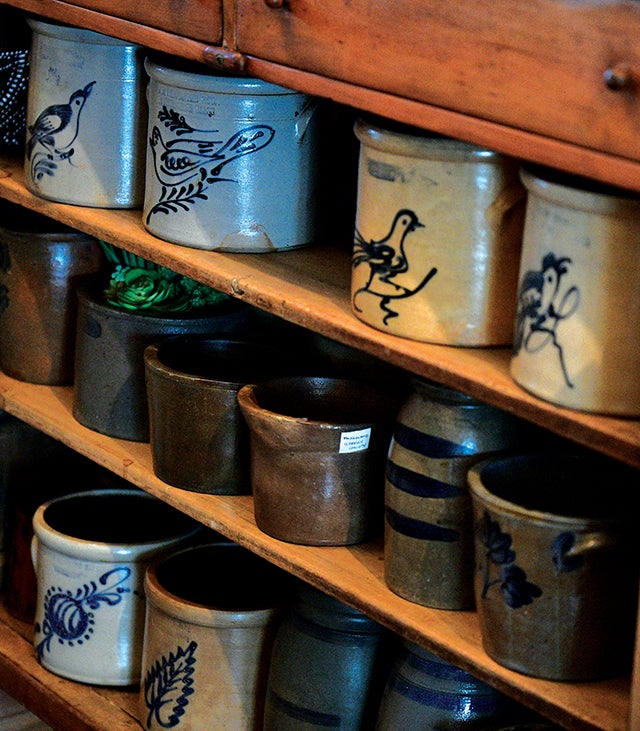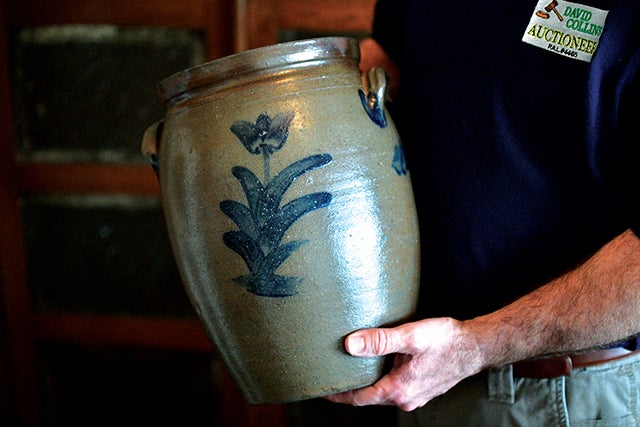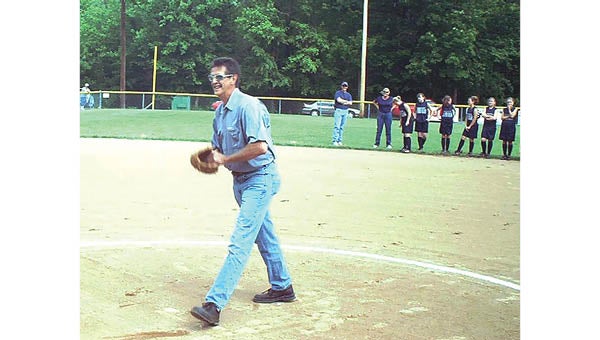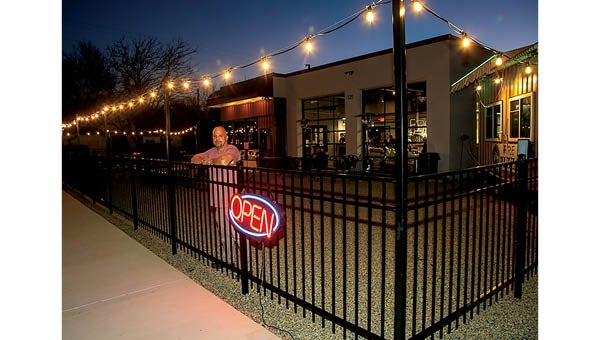A love for antique pottery… Collins fills spare time collecting unique pieces of stoneware
Published 1:43 pm Monday, April 18, 2022
|
Getting your Trinity Audio player ready...
|
David Collins’ interest in antique stoneware started when he married his wife, Pam.
She had three pieces of the pottery, and Collins said he was soon buying and reselling pieces, building a collection that today includes nearly 500 pieces of utilitarian pottery dating to the late 1700s.
“It is pretty amazing compared to our throw-away society today,” Collins said of the pottery pieces, which often were used for storing goods or meals and other aspects of everyday life.
Collins adds to his collection based on what he can find that piques his interest. These type of pieces can be found in estate sales, online marketplaces and where different groups with their members can be found on social media such as Facebook or on online auctions. Antiques shows are also another location where this type of stoneware could be found.
Northern stoneware is probably more accessible than southern stoneware because of the amount of stoneware produced in the north. Some of the most popular northern stoneware is those pieces that have the birds and pecking chickens painted or stenciled on the stoneware.
“A lot of the southern stoneware, especially the slave-made stoneware, will demand a great value,” Collins said. “They are really high priced if you can find them. Anything that is made in East Tennessee is probably the most sought after stoneware in the United States. There were two potteries in Carter County which I can’t find any pieces from and there were potteries in Sullivan County, Greene County, and a pottery in Johnson County.
“Some of the Greene County stoneware is worth just thousands of dollars for one piece. Cain Family Stoneware in Sullivan County was one of the great potteries. It’s nothing for one of their pieces to bring $10,000. It’s just unreal.”
When collecting, Collins looks for the stencil stoneware where merchants have placed their name and address on the piece, which is also called “advertising” stoneware. Many of these were the liquor jugs that had the merchants’ name on them prior to the prohibition era.
He also enjoys collecting stoneware that features birds along with the stripe jars and bottles. Collins added that the more stripes the piece of stoneware has, the more valuable they are.
“You about have to go up north to find the kind of stuff that I like,” said Collins. “There is one local potter left in Washington County and people just love his stuff and you can’t find it. It’s just hoarded up and people just keep it and pass it down through their family. It’s the Decker Stoneware of Washington County.”
Another particular antique stoneware Collins enjoys collecting is Redware pottery, which was the first pottery made in the American colonies and was made from red clay found in most areas and fired in a furnace. At the time, it was glazed with lead.
“People were getting food poisoned and they couldn’t figure out how they were getting poisoned,” Collins said. “They were using lead-based plates which were making them sick. You had lead-glazed pitchers and jugs which all served a purpose for fluids or storage.”
He went on to add that potters started to add more designs on the Redware to gain an edge in the competitive market of the time.
Collins said his choices are sometimes determined by a certain feel of a piece or the way it may be well-balanced when standing upright.
“When you get so much of it you just kind of figure it out,” Collins said. “There are guys who can tell you the very potter that made it because they have studied it that much. You have to figure out what you like. Everybody is different. Some people like just plain pottery. One plain jug made by a slave from South Carolina recently sold for $1.6 million. It’s crazy.”
Collins gave advice to anyone who was considering collecting anything.
“Find something you really like and buy the best that you can really afford,” he said. “Don’t start out with something damaged or in bad shape. Research it and make sure it’s on the higher end if you are going to collect. I am just an average collector but there are people that have stuff that costs thousands of dollars and they won’t purchase a piece if the piece isn’t worth at least $10,000. ”
“I am just a poor-boy collector,” Collins said with a chuckle.


